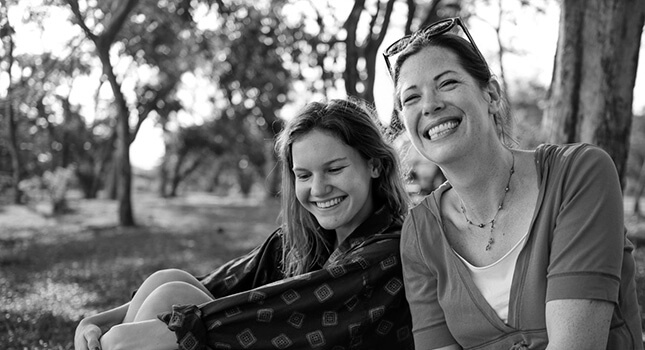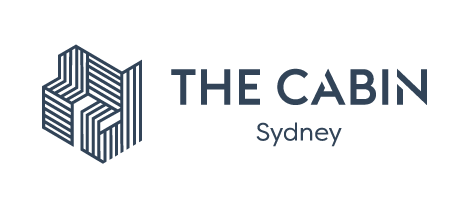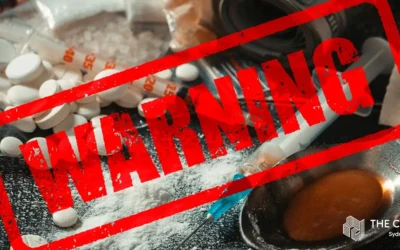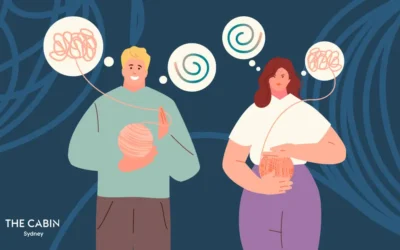According to government studies, ice consumption in Australia has significantly increased in recent years—we look at who is using the drug, where in the country it is mostly being abused, and how addicts can break free from it.

Sharelines
Forty-year-old mum of three, Leesa Holman, once paid for her gram-a-day addiction to ice by selling it on the streets of Perth, her hometown.
“Everyone was on it,” she recalled in The Daily Mail. She sold the drug to “other mums, lawyers, school teachers and former heroin addicts,” but maintains she did not sell ice—the most potent form of methamphetamine—to anyone under the age of 17. However, she knew daily users who were as young as 12 years old.
Now sober for more than four years, Holman says she “cringes” when she sees primary school students doubling as ice dealers.
Ann Roche, the director of the National Centre for Education and Training on Addiction at Flinders University, has pointed out that youth—especially young men—are particularly vulnerable to the drug.
“We see concentrations [of users among] young males in their late teens to late 20s,” she told ABC News.
According to the government-funded initiative Cracks In the Ice, 1.3 million Australians have tried ice, with most living in rural areas, leading to national inquiries as to why the drug has become both popular and accessible, and how dependence on it can be broken.
What Does Ice Do To Users?
Methamphetamines can be injected, inhaled, snorted or taken as pills, but ice is typically smoked. The most immediate effect of the drug is an increase in dopamine—the pleasure hormone—of up to 1,000 times the body’s normal levels. The feeling of euphoria can last up to 12 hours.
However, the comedown—which occurs up to a day later—is marked by the onset of anxiety, depression, exhaustion, paranoia and irritability.
In order to replicate the initial high, users typically need to increase their intake of ice with subsequent use. This can create dependence on it, and leads to new symptoms: a dry mouth, racing heart, nausea, hostility and aggression.
Recovered addict Holman told The Daily Mail that when she used ice, she remembers “pull[ing] knives on people, break[ing] through doors, scream[ing].” Her children were also present when her friends—high on meth—experienced similar psychotic episodes.
Dependence is also accompanied by withdrawal, which involved feelings of panic, irritability and extreme fatigue. The initial withdrawal period for ice lasts up to two weeks, which is twice as long as with many other drugs. A longer withdrawal is known to occur over the following 12 to 18 months and marked by cravings for the drug as well as feelings of ‘flatness’ as as the body adjusts to not having the spike in dopamine that it got used to with ice.
Are There Ice ‘Hot Spots’ Throughout Australia?
Regional towns have been hit significantly harder by the country’s ice epidemic than communities in urban areas. Researchers and law enforcement have identified ‘hubs’ or ‘hot spots’ where methamphetamine use is disproportionately affecting the local populations.
Among them are:
- Wellington, New South Wales: This town of 4,000 has even earned the moniker ‘The South Pole’ or ‘Little Antarctica’ because of the high prevalence of ice.
- Katherine, Northern Territory: Referred to as the meth capital of Northern Territory, it is described as a hotspot for the supply route of illicit drugs into the northern regions.
- Murray Bridge, South Australia: An elderly resident of the town of 17,000 recently described to The Daily Mail how she was chased by an ice dealer with a chainsaw.
- Mount Gambier, South Australia: Another town competing for the title ‘Ice Capital of Australia’.
- Smithton, Tasmania: Of the town’s 8,500 residents, The New Daily estimates that one in seven locals are ice users.
- Sale, Victoria: The town of 12,000 has seen students, professionals and children from good familiesfall victim to ice.
However, some challenge the idea that these communities are unique in their struggles. Margaret Gordon, who works with the anti-meth campaign Ice Breakers in Albany, Western Australia, told The Daily Mail that she believes “every town in Australia has a problem with [ice]—whether they see it or not.”
National Plans to Fight the Epidemic
According to Federal Minister for Law Enforcement and Cybersecurity Angus Taylor, the government’s current aim is to slow the supply of ice to regional areas, ABC News reported.
Through the National Wastewater Analysis Drug Monitoring Programme run by the Australian Criminal Intelligence Commission, it was revealed that ice was “the most consumed illicit drug” in the country. The programme tested wastewater for traces of illegal substances at 45 locations around Australia in late 2017 and revealed that more than 8 tonnes of meth had been consumed in the country—a marked increase from a few years earlier.
The wastewater tests help to direct national funding to regions for anti-drug initiatives.
Taylor explained that “a series of task forces” would be crucial in coping with the ice epidemic and to intercept shipments of methamphetamines from the borders so that the drug becomes less available in the country.
Getting Off Ice
Because of the cycle of euphoria and depression that accompanies ice abuse, many users find it difficult to kick the methamphetamine habit without professional help through detox and making necessary life changes. The Cabin Sydney offers an outpatient programme to help you take back control of your impulses, thought processes and patterns of behaviour.
Our evidence-based treatment for methamphetamine addiction combines a modern version of the 12 Steps, along with our unique Recovery Zones model. Through sessions with our trained professional staff, we can help you re-learn how to experience joy without the artificial stimulation of ice.
For those who would benefit from a more intensive recovery environment, our partner The Cabin Chiang Mai offers a luxury inpatient treatment option in the lush mountains of northern Thailand. Your privacy and wellbeing are our top priority, and in our centres, we treat the whole person, not simply your addiction.
If you or someone you know is among the thousands of Australians struggling with dependence on methamphetamines, contact us today to find out how we can help you make changes toward a better life.




